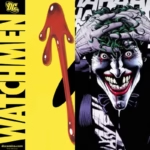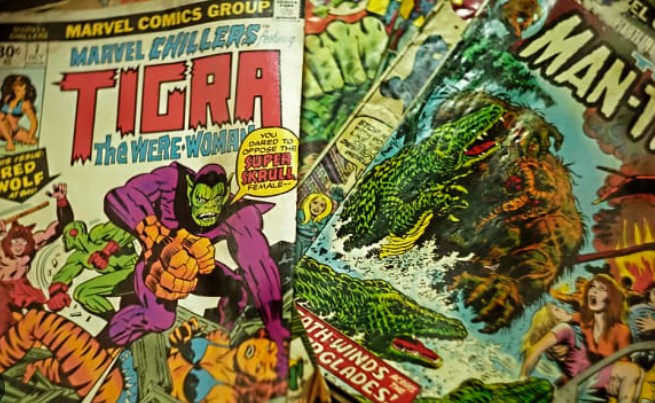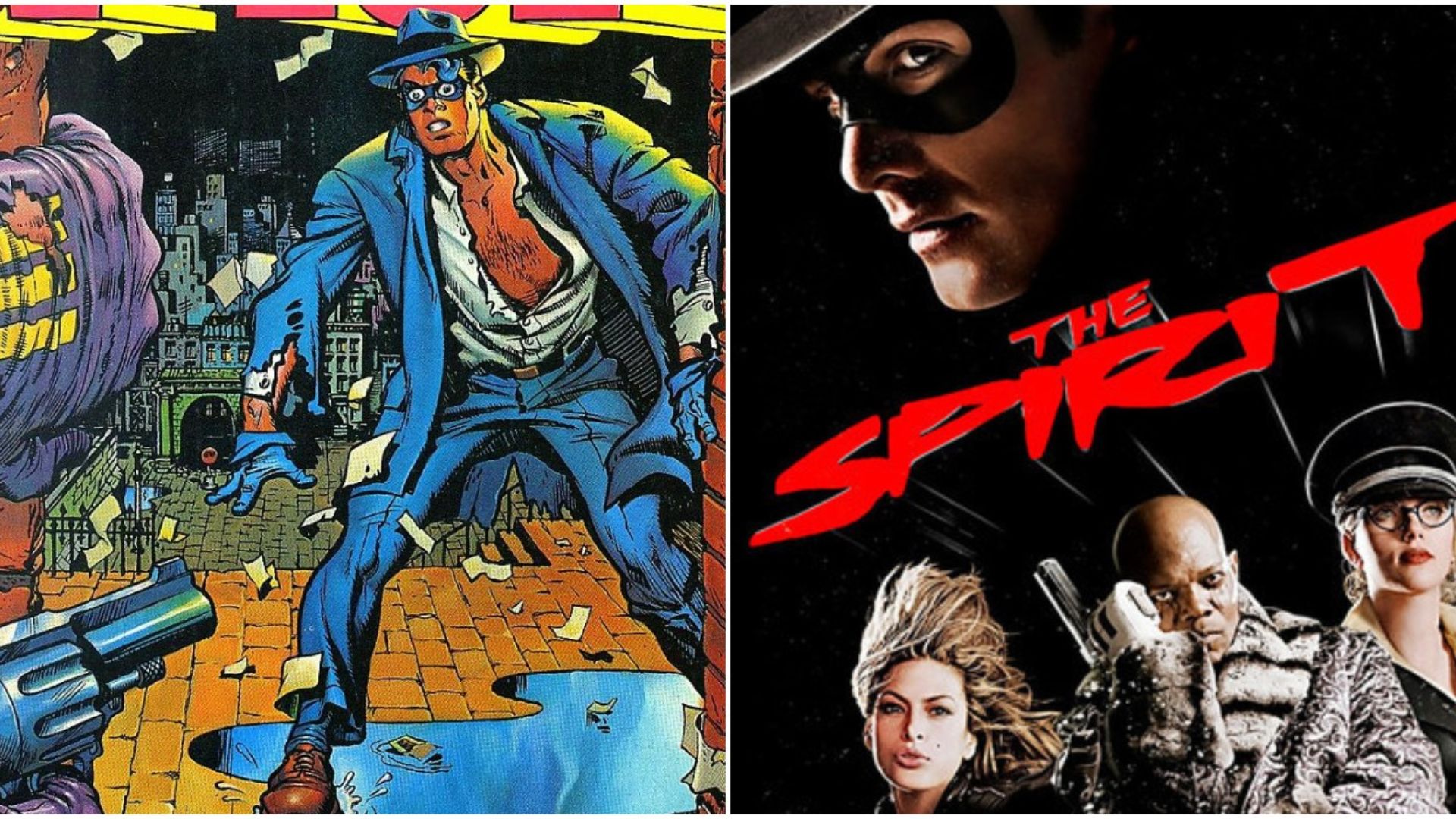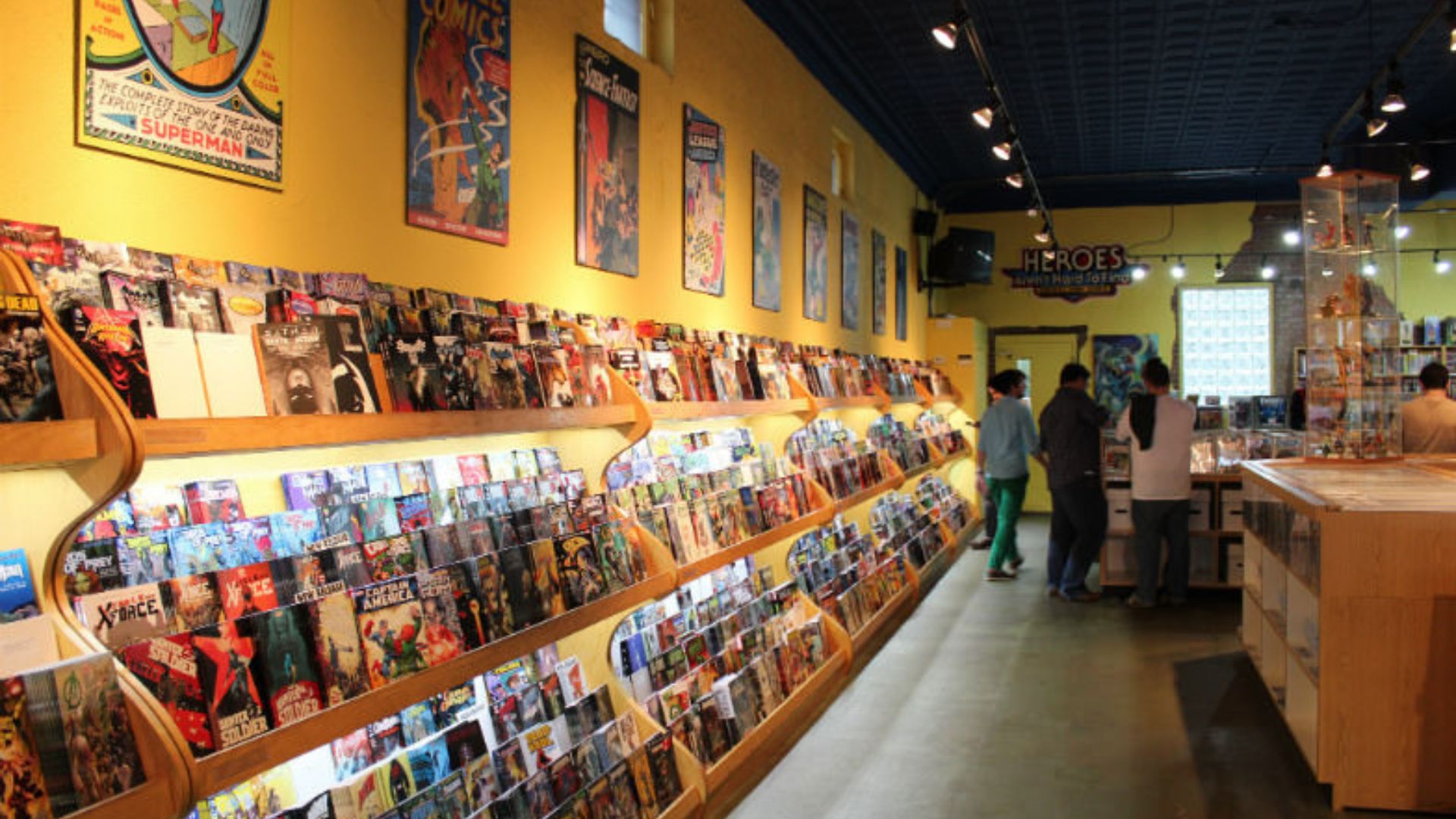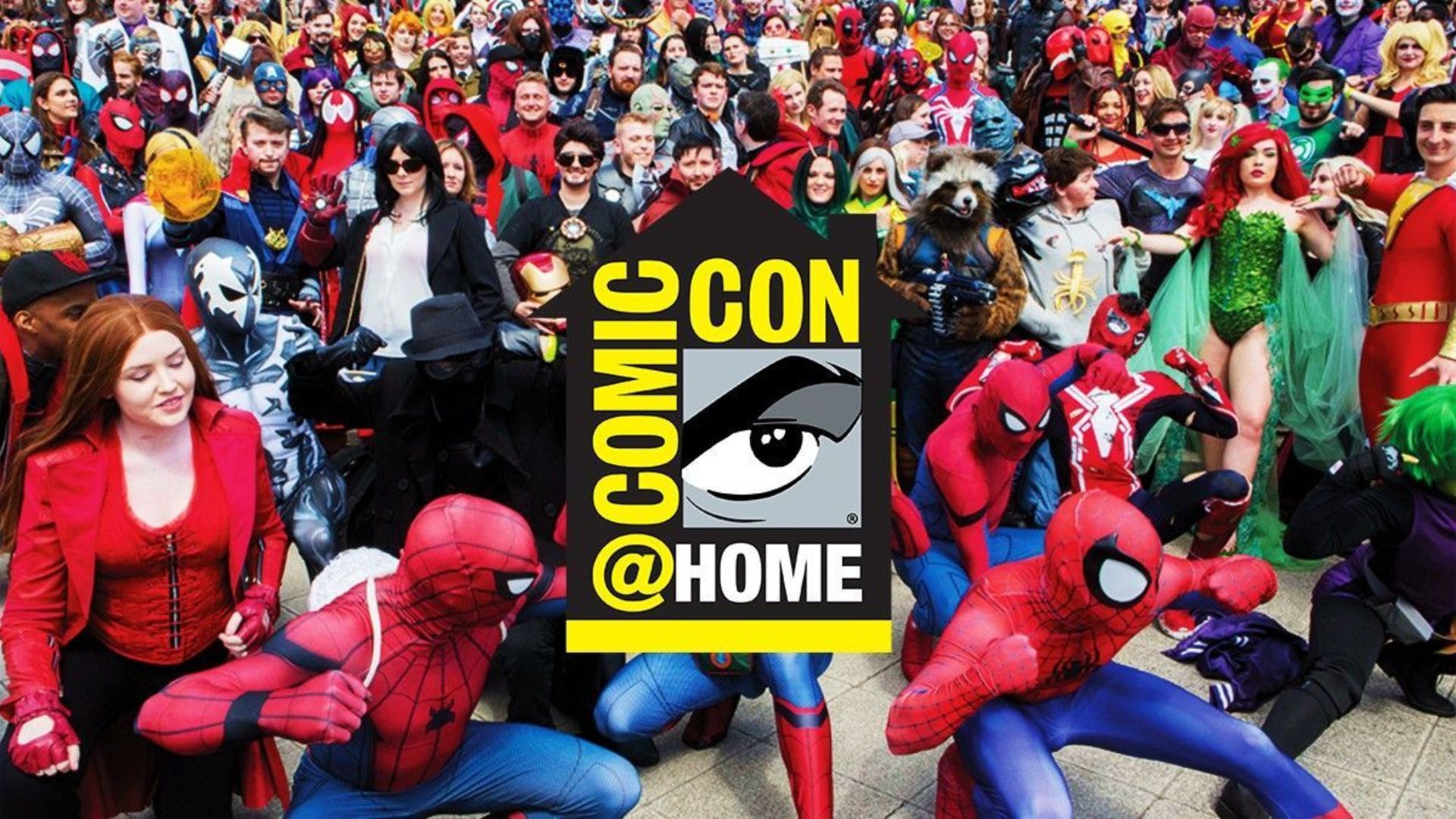Comic books have become a powerful force in Hollywood, shaping the way movies are made and the stories they tell. What began as niche entertainment has transformed into a global phenomenon. From superhero blockbusters to visual styles, comic books have impacted Hollywood in numerous ways. This post explores comic books influence Hollywood movies and why this trend continues to grow.
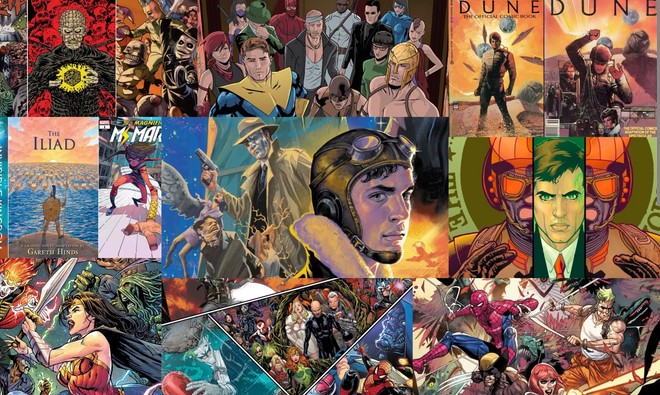
The Rise of Superhero Movies
Comic books have directly led to the rise of superhero movies, which now dominate the Hollywood landscape. The first successful adaptation was Superman in 1978, followed by Batman in 1989. However, superhero films truly exploded in popularity starting with X-Men (2000) and Spider-Man (2002). These films introduced comic book heroes to a mainstream audience, showing that comic book stories could make great blockbusters.
Today, superhero films like those from the Marvel Cinematic Universe (MCU) and the DC Extended Universe (DCEU) rule the box office. Movies such as The Avengers, Iron Man, and Wonder Woman bring iconic comic book characters to life. These films have helped comic book heroes achieve worldwide recognition, changing the way Hollywood approaches action, adventure, and character development.
Visual Style and Cinematic Techniques
Comic books have influenced the visual style and cinematic techniques in Hollywood films. Directors borrow elements from comic book artwork to create striking visuals. For example, Sin City (2005) closely mimics the black-and-white imagery found in Frank Miller’s graphic novel. The filmmakers used digital effects to maintain the intense visual style and high-contrast aesthetic from the comic.
Other films, like 300 (2006) and Watchmen (2009), use similar techniques, often featuring stylized visuals that draw heavily from their comic book roots. Filmmakers now commonly use comic-inspired techniques such as dynamic panel layouts or slow-motion sequences to replicate the feel of reading a comic book. These visual cues immerse the audience in the world of the story and make the transition from page to screen more seamless.
Storytelling and Character Development
Beyond action and visuals, comic books have shaped storytelling and character development in Hollywood films. Modern comic books often tackle complex issues such as identity, power, and morality. Hollywood has adopted these themes, which are now frequently explored in superhero and mainstream films.
The Dark Knight (2008), directed by Christopher Nolan, exemplifies how comic book themes influence Hollywood. The film delves into the psychological and moral conflicts of its characters, drawing inspiration from graphic novels like The Killing Joke and The Long Halloween. In this film, the Joker represents chaos and moral ambiguity, a character deeply rooted in comic book tradition but new to mainstream cinema.
Hollywood now also embraces morally complex characters, a trend that began in comic books. Antiheroes such as Deadpool, Wolverine, and The Punisher reflect this shift, showing a more nuanced portrayal of characters compared to traditional heroes and villains.
Expanding Cinematic Universes
Comic books have influenced Hollywood by introducing the concept of interconnected cinematic universes. The success of the MCU, starting with Iron Man in 2008, inspired Hollywood to create similar multi-film universes. The MCU now includes over 20 films that intertwine characters and storylines in a shared universe. This interconnected approach, where each movie contributes to a larger narrative, draws on the long-running stories in comic books, keeping audiences engaged across multiple films.
DC Comics has followed suit with the DCEU, while other studios have adopted the idea as well. Even non-superhero films, like The Conjuring Universe, use interconnected storytelling. Comic book fans are accustomed to following serialized stories across different issues, and Hollywood has replicated this model in blockbuster films.
Cross-Industry Collaboration
The relationship between Hollywood and the comic book industry has led to increased collaboration. Filmmakers and comic book creators often work closely together, with many comic book artists making the jump to film. For example, Frank Miller, who created Sin City and 300, became directly involved in adapting his works into films.
In some cases, comic book creators even receive credit as co-creators of films. For instance, Guardians of the Galaxy (2014) credits comic book writers Dan Abnett and Andy Lanning. This cross-industry collaboration strengthens the connection between Hollywood and the comic book world, ensuring that both continue to evolve together.
Conclusion
In conclusion, comic books have had a lasting and profound impact on Hollywood. From the rise of superhero franchises to the influence on visual styles and storytelling, comic books have changed how movies are made and what audiences expect. As comic book-inspired films continue to dominate the box office, it’s clear that comic books will remain an integral part of Hollywood filmmaking. With ongoing collaborations between the two industries, the future of film will likely continue to be shaped by comic book culture.


